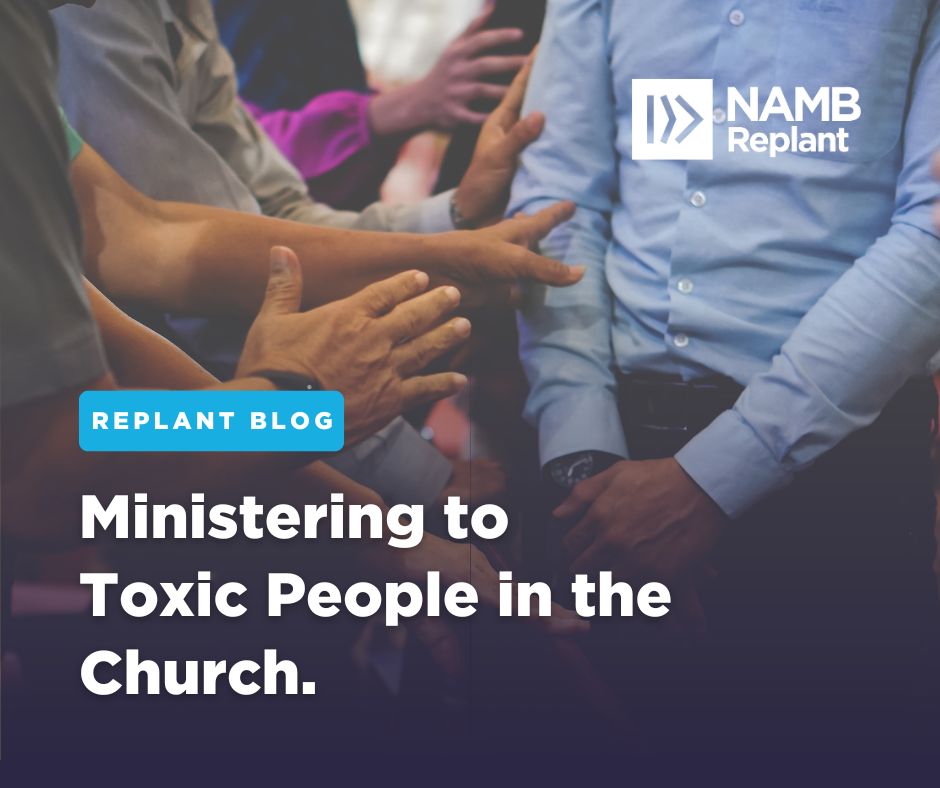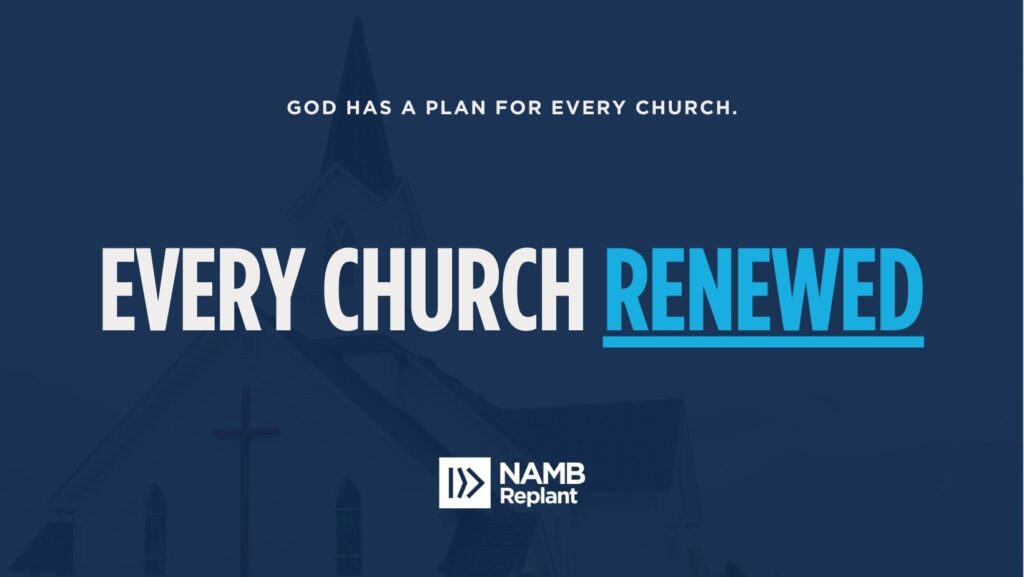Having pastored established churches since 2001, I made some unfortunate assumptions as God moved us into this season of leading a replant. Because I had experienced a certain rate of growth in each of the previous churches I served, it made perfect sense to me that the same would happen in a replant.
Leading a replant, however, is very different from pastoring established an church. Leading a replant church requires church partnerships. A replant church is resource hungry, people are needed, financial resources are needed, and you can’t do it alone. I am continuing to learn how to find, maintain, and cultivate new partnerships.
Here are a few ways we have thus far entered some strong, partnering relationships.
Ministry “friends.” You likely have friends in ministry — pastors, youth pastors, missions committee members, deacons, or simply friends who are members of other churches. Contact them, reconnect — share your call to replanting. Create a prospectus that provides a clear and captivating picture of the way things look now (the negative present) contrasted by how they will look moving forward (the positive future). Ask these friends to become prayer partners and encourage them to share your replant opportunity with their friends, Sunday school classes, and church staff. Your relationship with members of other churches becomes a vital resource in the first phase of seeking out church partners.
Missions conferences. Our replant is taking place in a different state from where we previously lived. The state we left in order to replant became a huge source of church partnerships — more than I could have imagined! Through sharing our vision with all our ministry friends, opportunities opened up beyond our personal reach. I was invited to that state’s missions conference to share about our replant. This allowed us to connect with many more churches looking to partner with church plants. I would encourage you to look for any opportunity to be part of a missions conference (whether at the national, state, associational, or local church level) where you can share your captivating vision and connect with other mission-minded church leaders.
Your local association/director of missions. In a matter of weeks, there will be a Replanting Certification Seminar at the NAMB headquarters in Alpharetta. There are more than 250 directors of missions signed up to take part in this very first-of-its-kind seminar. It excites me, because our replant situation would not have happened without the leadership of our association and director of missions. That so many DOM’s are beginning to get excited about the potential for replanting is huge! And it’s huge in terms of finding church partnerships. If the leadership of your association supports the work of replanting, there is already associational buy-in. That means you already have a network of churches familiar with your replanting. Even if you are new to the area (as I was), your replant situation is a known need. For us, this meant opportunities to speak to area churches about our need and our story. This opportunity opened doors to other associations (even in other states) that have invited us to share with their associational church leaders about our replant. Great DOMs and associational leaders are a huge resource for church partnerships!
Churches looking for partners. This point is more of a sub-point of all the above, but very pertinent. While not all churches are looking for “hands-on” opportunities to partner in church planting or replanting, many are looking for such opportunities. Many are not yet aware of “replanting.” In many ways, the struggles of a replant are much more relatable to established churches than are those of the “from scratch” church plant. The demographics of attendees (at least at the beginning) are much the same. The need for new vision and re-energized evangelism efforts are shared. In a replant, the new focus, direction, and vision will resonate well with established churches. We have been connected to partners by our state convention and association (and ministry friends) who had been contacted by churches seeking to partner with planters and replanters. There are ready-made partnerships out there!
Some practical encouragement:
1. Be clear and direct. Don’t beat around the bush, but share your specific needs to potential partners with clarity. Many larger churches are ready to send teams to do “their thing,” even though it might not be what you need (or even fit your vision).
2. Be flexible. Sometimes church partners cannot meet your need with specificity, but still want to help. We have found there are times we require partners to fit the vision and other times we adapted to fit our partner’s gifting and ability — to the glory of God and expansion of our own vision.
3. Be responsive. Communicate often and clearly. When they email or leave a message, get back to them. Don’t leave people hanging. While I have failed at this more than I’d like to admit, we also have entered partnership with several churches that had tried to partner with other local planters but never received prompt returned communication.
4. Be prepared. We launched strong because we had many partners on the front end, helping in numerous ways. But you will need partners as much (if not more) in Year 2 (and I hear even in Year 3). In a replant, be ready to see decline before you enter a true season of growth. All who are present at the launch — whether it’s the previous church’s remnant (and tithers) or curious community folks — most likely not be there in Year 2. Plan to forge some lasting church partners who will be ready to strengthen their support as the replant takes root.
Published January 18, 2018




